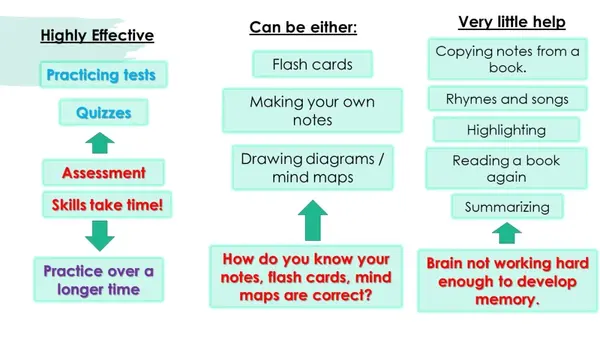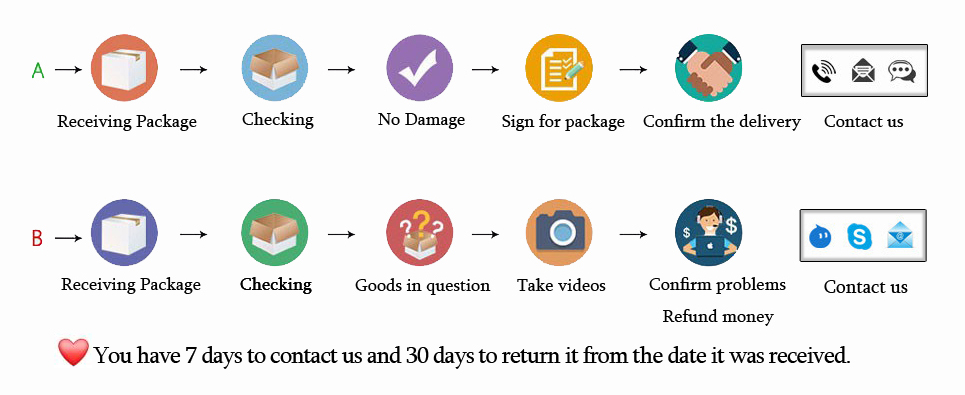How to Easily Get a Personal Loan: A Comprehensive Guide for First-Time Borrowers
Guide or Summary:Importance of Credit ScoreChecking Your Credit ReportCalculating Your Debt-to-Income RatioDetermining Your Loan AmountTypes of LendersInter……
Guide or Summary:
- Importance of Credit Score
- Checking Your Credit Report
- Calculating Your Debt-to-Income Ratio
- Determining Your Loan Amount
- Types of Lenders
- Interest Rates and Fees
- Gathering Necessary Documentation
- Submitting Your Application
- Understanding the Approval Process
- Receiving Your Funds
#### Introduction to Getting a Personal Loan
Getting a personal loan can be a straightforward process if you understand the key components involved. A personal loan is an unsecured loan that can be used for various purposes, such as consolidating debt, financing a major purchase, or covering unexpected expenses. In this guide, we will explore everything you need to know about how to get a personal loan, from understanding your credit score to choosing the right lender.
#### Understanding Your Credit Score
Importance of Credit Score
Before you start the process of getting a personal loan, it’s crucial to understand your credit score. Your credit score is a numerical representation of your creditworthiness, and it plays a significant role in determining whether you will be approved for a loan and what interest rate you will receive. Generally, a higher credit score will lead to better loan terms.
Checking Your Credit Report
You can obtain a free copy of your credit report from major credit bureaus. Review your report for any inaccuracies or outdated information that could negatively impact your score. If you find any errors, dispute them promptly to ensure your credit report accurately reflects your financial history.
#### Assessing Your Financial Situation

Calculating Your Debt-to-Income Ratio
Another important factor to consider when getting a personal loan is your debt-to-income (DTI) ratio. This ratio compares your total monthly debt payments to your gross monthly income. Lenders typically prefer a DTI ratio of 36% or lower, as it indicates that you have a manageable level of debt.
Determining Your Loan Amount
Before applying for a personal loan, determine how much money you need. Be realistic about your financial needs and avoid borrowing more than necessary. Having a clear understanding of the amount you want to borrow will help you communicate effectively with potential lenders.
#### Researching Lenders
Types of Lenders
When getting a personal loan, you have several options for lenders, including traditional banks, credit unions, and online lenders. Each type of lender has its own advantages and disadvantages, so it’s essential to research and compare them to find the best fit for your needs.
Interest Rates and Fees
Interest rates can vary significantly between lenders, so it’s crucial to shop around. Additionally, be aware of any fees associated with the loan, such as origination fees, late payment fees, or prepayment penalties. Understanding the total cost of the loan will help you make an informed decision.

#### The Application Process
Gathering Necessary Documentation
Once you’ve chosen a lender, you’ll need to gather the necessary documentation for your loan application. Common documents required include proof of income, employment verification, and identification. Having these documents ready can speed up the approval process.
Submitting Your Application
After gathering your documents, you can submit your application. Many lenders offer online applications, which can be convenient. Be prepared to answer questions about your financial history and the purpose of the loan.
#### Loan Approval and Disbursement
Understanding the Approval Process
Once your application is submitted, the lender will review your information and assess your creditworthiness. This process can take anywhere from a few minutes to several days, depending on the lender. If approved, you will receive a loan offer detailing the terms and conditions.

Receiving Your Funds
If you accept the loan offer, the lender will disburse the funds. Depending on the lender, you may receive the money via direct deposit into your bank account or a physical check. Be sure to understand when your first payment is due and how to make payments moving forward.
#### Conclusion
Getting a personal loan can be a valuable financial tool when used wisely. By understanding your credit score, assessing your financial situation, researching lenders, and following the application process, you can secure a personal loan that meets your needs. Always remember to borrow responsibly and ensure that you can comfortably manage your loan payments.